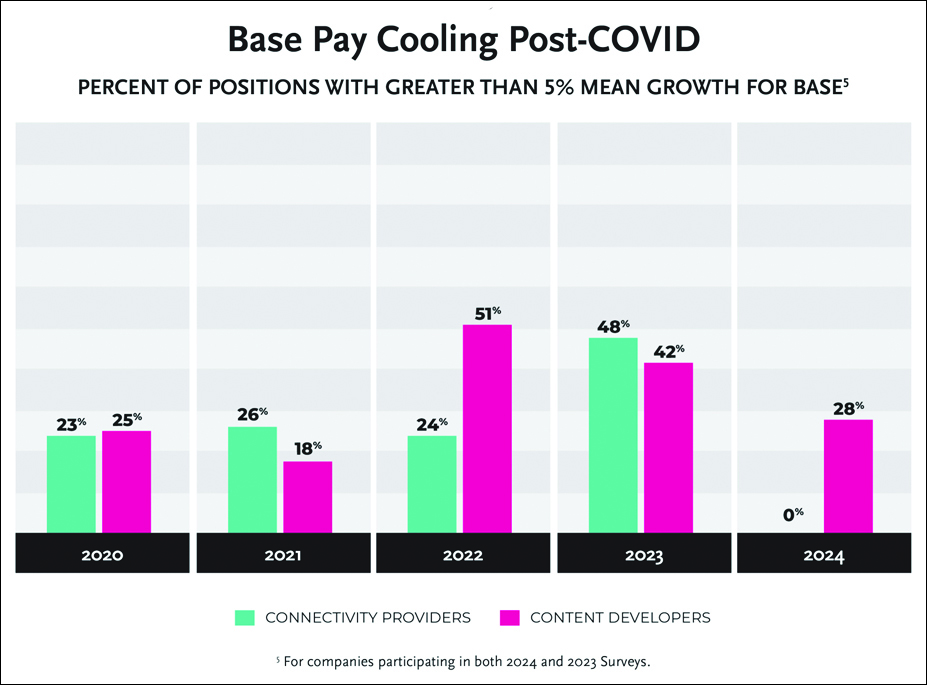Not too long ago we wrote about one of my personal favorites, web based instant messaging company Meebo. I have used the product since I first read a story of how it caught on in an unlikely place, with our troops abroad. The armed forces doesn’t allow servicemen and women to install instant messaging (or any other program for that matter) on their public terminals. If they want to communicate, they do so through a browser. I, on the other hand, spend 99% of my computing time on one of two machine where no one else but me uses it, and I grew up, so to speak, in the downloadable application world, so instant messaging has always meant using one of the major clients or a multi-client program like Trillian. None of the market-share leading instant messaging programs, though, offers a good browser-based version of their software. Yahoo, MSN, and Google offer powerful and generally sophisticated web-based email, but prior to Meebo, if you wanted to instant message and the computer didn’t have AIM, YIM, MSN Messenger, etc. installed, you were out of luck. All of this talk of IM, though, is a fancy way to loop in another topic we hold dear, blogging.
When you think of blogging, you often think of individuals. They more or less became the early adopters, and still make up the majority of users. Corporations, though, started to see the benefits, and began using blogs as a platform for keeping customers up to date, educating potential customers, and gaining mindshare. Useful as it can be for companies, on the grand scheme, it remains a non-integral piece of most people’s businesses. Of the companies that do blog, they tend to fall into a few categories, namely, they are a Web 2.0 company, began in the last three years, a younger savvy staff, have a complex product with many users, and/or have a largely virtual product. Thus, it’s no surprise that Meebo has a blog or that Google does too. Salesforce has a corporate blog, but given their tech-leading status, and that they meet many of the general characteristics of companies who do blog, but given that blogging seems more fitting of products with a hipper user base, you wouldn’t think negatively if they didn’t blog. Now, let’s turn the focus to our space for a moment. How many in the affiliate, lead generation space have a corporate blog? Not many. About the only one that comes to mind is Pat McCarthy’s Conversion Rater, and even that is more of an industry blog that has his company’s blessing. The closest that those in our space tend to come to blogging are the offer messages upon log-in or daily emails about campaigns.
This, however, isn’t a follow-up article about Meebo or one on corporate blogging. It’s really about lead management, but it came to mind because of a blog. If we don’t blog, then who would have expected a lead management company to blog, let alone have two blogs? Bill Rice, CEO and Founder of Kaleidico, has done just that, publishing Bettercloser.com and an offshoot that leverages data gathered through the management of leads across his clients, LeadMarketwatch.com. Bill’s company operates in a newer segment that in many ways has arisen primarily because of the success of lead generators. Those of us in the lead generation space know that people buy our leads, but once delivered don’t seem to think twice about what happens to them or how the people who buy them best leverage them. It turns out that the leads we provide our buyers, act differently and that many of the buyers didn’t have systems in place to handle them. As a co-founder of a virtual bank later absorbed by Quicken Loans, Bill realized this and set about to help loan officers cope in a world where you buy potential customers, not just have them referred to you.
If you are a lead generator you might ask, Why should we care about lead management? Our job is to deliver the lead. It’s the buyers job to use them. Right? Absolutely, but there are two reasons why you should care, especially if you sell leads direct to buyers (as opposed to selling them to a network). You should care because you will make more money if your buyer uses a lead management system. Working a referral doesn’t require a lot of contact or follow-up, and, it’s the lead that does the initial contact. Referral leads also lack competition. If you are the potential customer you tend to receive one name or two to call, or vice versa. You don’t have up to four people each trying to reach you as soon as possible. Internet leads, as mentioned above, don’t work the same. They are softer, interested but not a sure thing, and there are a lot of them. Pretend for a second that you run a lead buying shop with 3 to 50 people, Outlook won’t work as a way to track the leads. If you are the buyer of leads for the group, how do you best allocate leads to those that work for you? Large companies, like Quicken Loans, will have built a sophisticated internal system. A look at the affiliate world explains why smaller shops won’t. Lead management systems are far more complex than affiliate tracking; yet, the majority of affiliate networks use third-party software. The same holds true in the lead world. They either use no software or they use third-party ones like Kaleidco’s IcoSales. Close one more lead, though, which in many markets means thousands in profit, and you can see how this can mean more money to the lead generators and why lead generators should want their buyers to know how to properly work the leads.
One look at LeadMarketwatch.com will explain to lead generators the other reason they should care. You can’t hide behind a curtain. As third-party lead management becomes more prevalent, this type of data will become more common. As the platform that lead buyers use to work the lead it can see how well all buyers of leads do by lead source. Internet leads work best when delivered in real time. Big buyers have learned this, but the long tail of lead buyers (80% of the market) still receive them in some other way. That’s the other benefit of these systems, they integrate with major lead generators so their licensees can receive real-time leads. It also means, they know the source of the leads and thus the performance you see on LeadMarketwatch. These are leads, not customers, which is why Salesforce doesn’t quite work. It isn’t designed to help you close; it helps track potential closes and strengthen those that have closed. Lead management also illustrates why it is hard to generate leads effectively across multiple verticals (a topic we cover frequently). While Kaleidico can work for multiple types of leads, it is primarily a mortgage lead management system. The process of closing leads requires integration with other third party systems, and each vertical has its own systems and nuances. A lead might look like a lead, but that potential customer starts to look very different the further you follow it down the funnel. Right now, we’ve just hit the tip of the iceberg with respect to the role of lead management; it has only just begun to impact lead generators, but we bring it up now because in the future all pieces of the lead funnel will become more connected and the role of software like this will only grow.
 Network
Network

